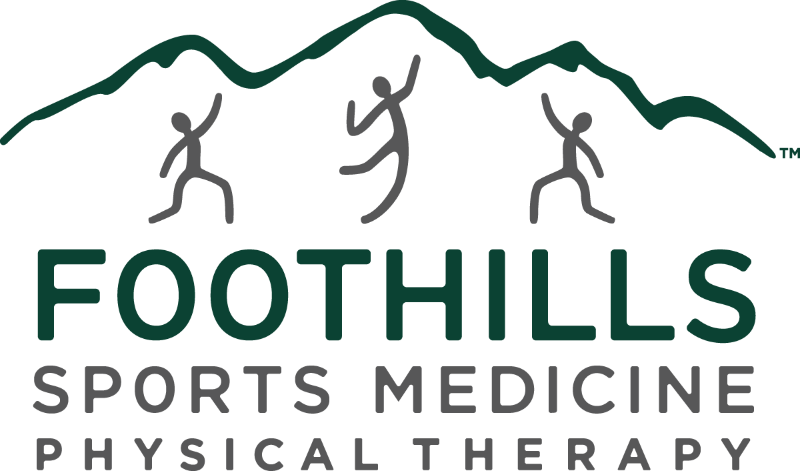Foothills Sports Medicine Physical Therapy is a group of locally owned Phoenix physical therapy clinics dedicated to helping our patients recover quickly and fully from injury. If you are seeking a physical therapist, go online here to schedule a free assessment. For more information about physical therapy techniques, follow our blog.
Andrea Ciochetti, PT, MPT, and CSCS, is an invaluable member of the staff at our North Central Phoenix physical therapy location. She has years of experience treating orthopedic injuries, and she is also a seven-time Ironman finisher. She is here today to discuss winter sports, and how to enjoy them safely.
It’s a wonderful time to be outdoors in Arizona, and by early December local ski resorts are in full swing. Downhill skiing is one of America’s favorite winter sports, and snowboarding’s popularity continues to rise. Unfortunately, these winter activities come with a high risk for injury.
In 2013, research performed by Globelink indicated 3.8 million people suffered from some kind of injury related to winter sports in the United States. Skiers were most often seen for lower extremity issues, namely knee injuries. Snowboarding was associated most with injuries affecting the shoulder and arm. The majority of these injuries are sprains, strains, fractures, and dislocations. Studies have also shown that the majority of these injuries occur at the end of the day, when participants are tired but still decide to go out for just one more run.
Fortunately, many of these injuries can be avoided by following these simple guidelines and precautions:
- These sports can only be enjoyed for a few short months per year, so people who participate in them should try to stay in good physical condition throughout the year in preparation for the unique demands of winter sports.
- Warming up is essential. Take a few moments to stretch or take a light, easy run on the bunny hill at the start of your day.
- Wear appropriate protective gear including gloves, padding, goggles, and a helmet. Also ensure your equipment is working properly and rental equipment is properly fit. Snowboarders should always wear gloves with built-in wrist guards.
- Stay alert and be familiar with your surroundings. This includes not only the conditions and variations on the slope, but also other skiers and snowboarders on the mountain. Do not ski or snowboard off prescribed runs (especially not in the trees) and only go on slopes that fit your appropriate skill level and experience.
- Stop if you are feeling overly tired, fatigued, or are in any pain.
- Wear several layers of light, loose clothing. Winter clothing should keep you warm, but should be breathable and not constrictive for your activity.
- Remember to properly hydrate. Hydration affects endurance, mental alertness, and physical performance. Although the temperature may be much lower than you’re used to, you still lose fluids and electrolytes through sweat and breath while doing any physical activity.
- Lastly, never ski or snowboard alone.
If you do have the misfortune of being hurt this season, seek medical attention immediately. If your injury persists or you are having difficulty with the recovery process, you may require the assistance of a physical therapist. Feel free to contact Foothills to schedule a FREE Rapid Recovery® Injury Assessment.




